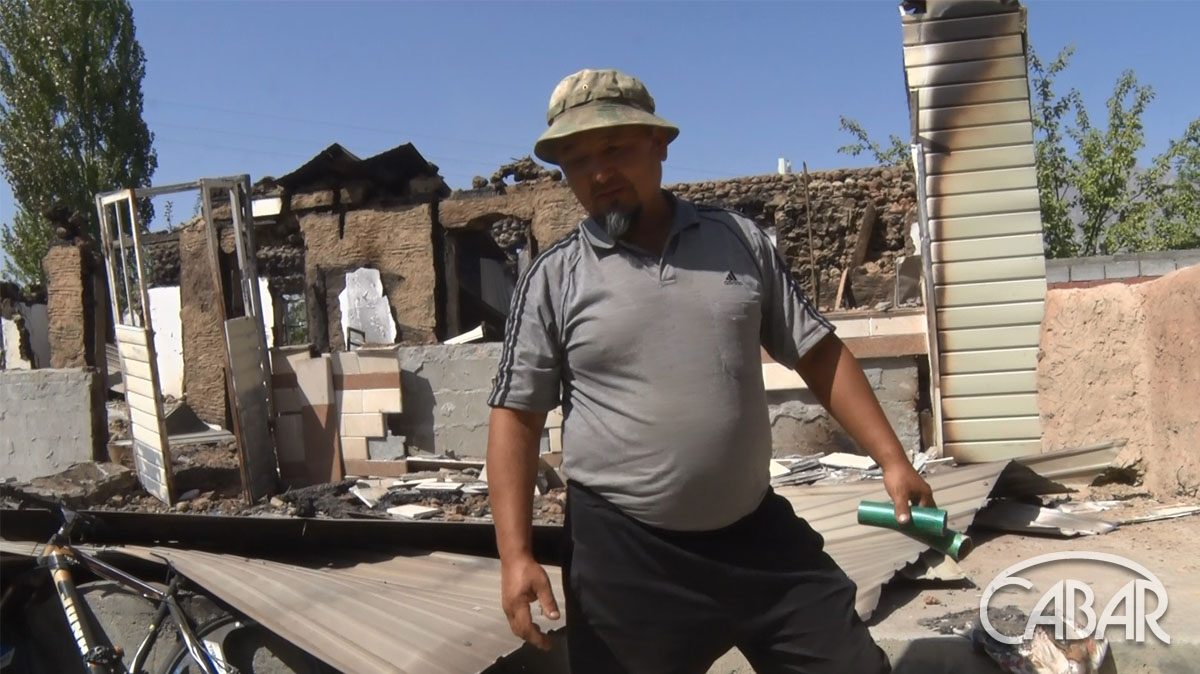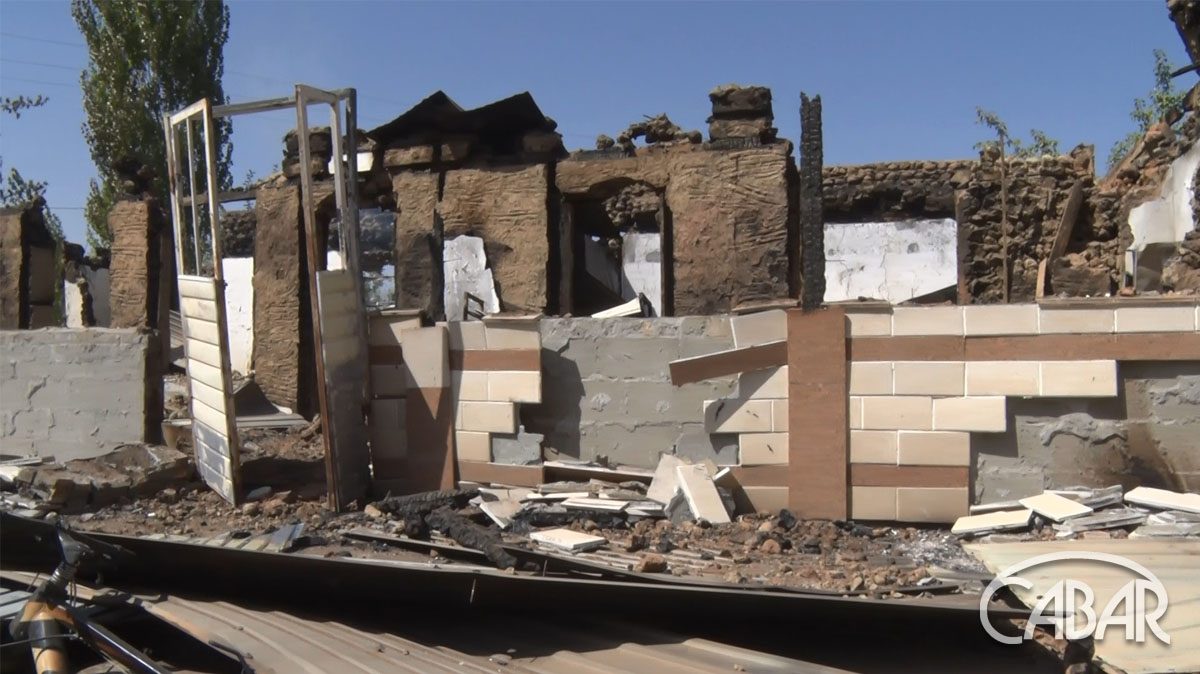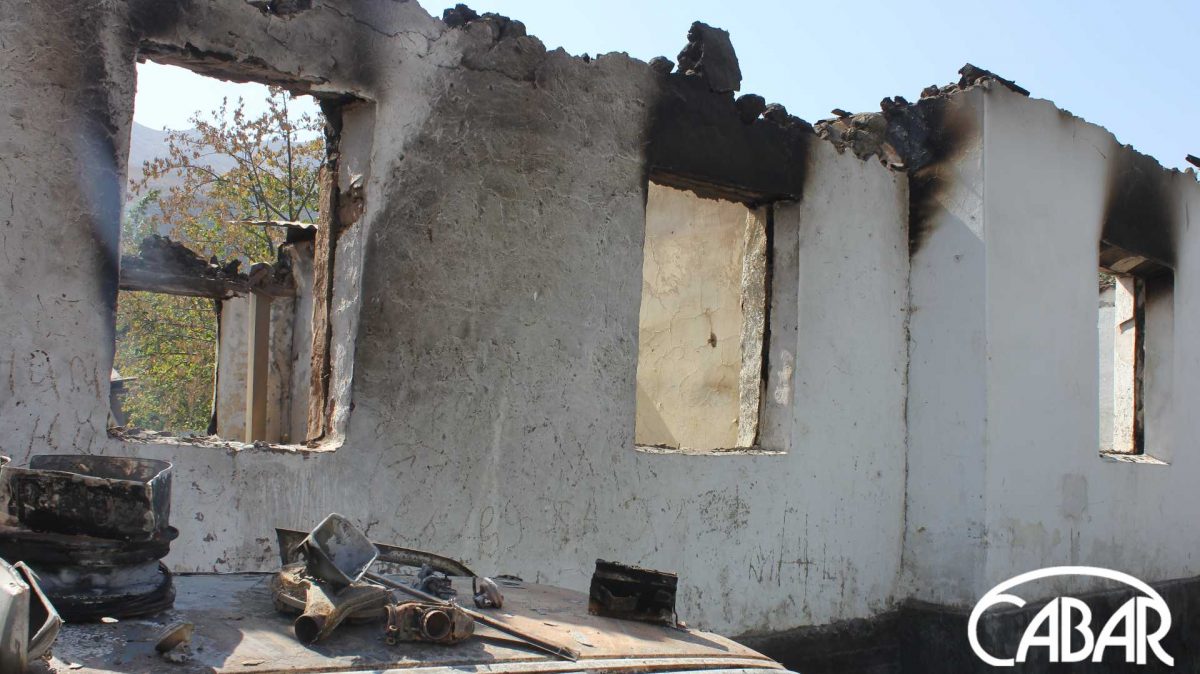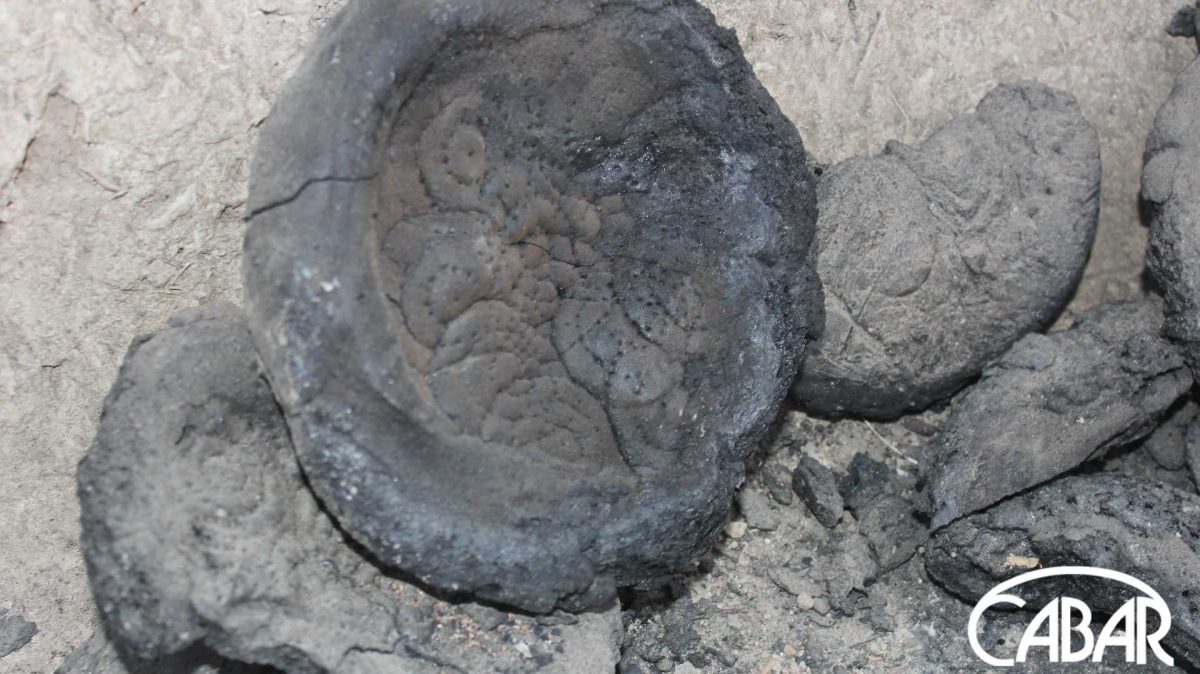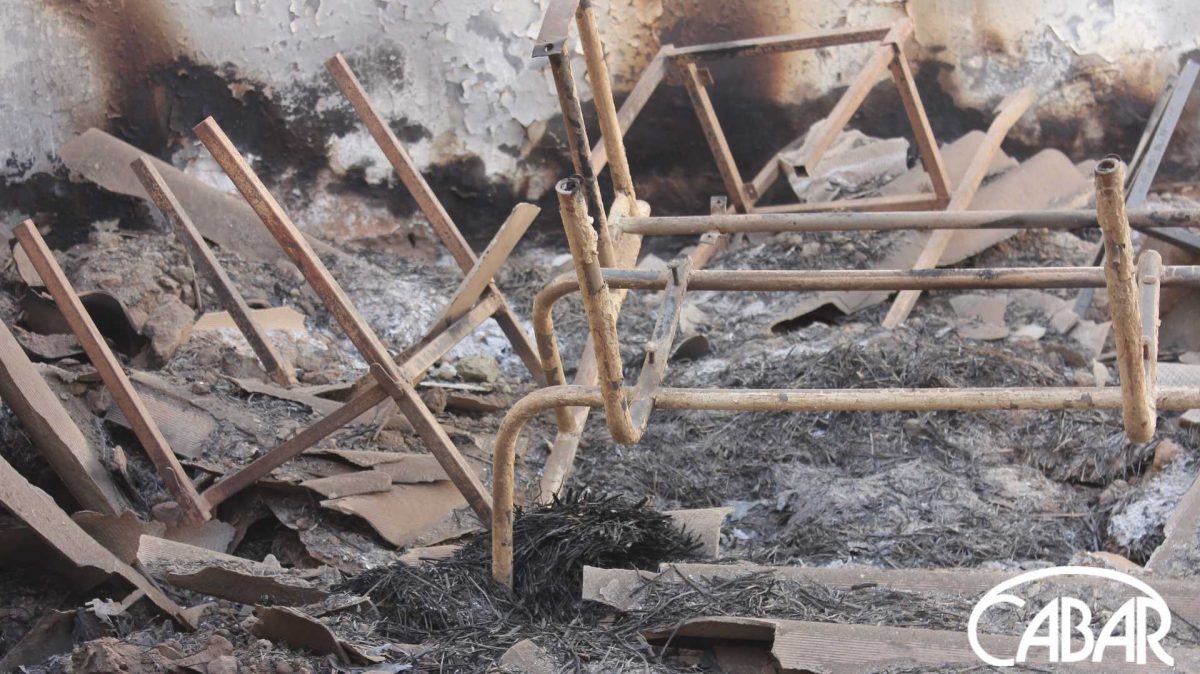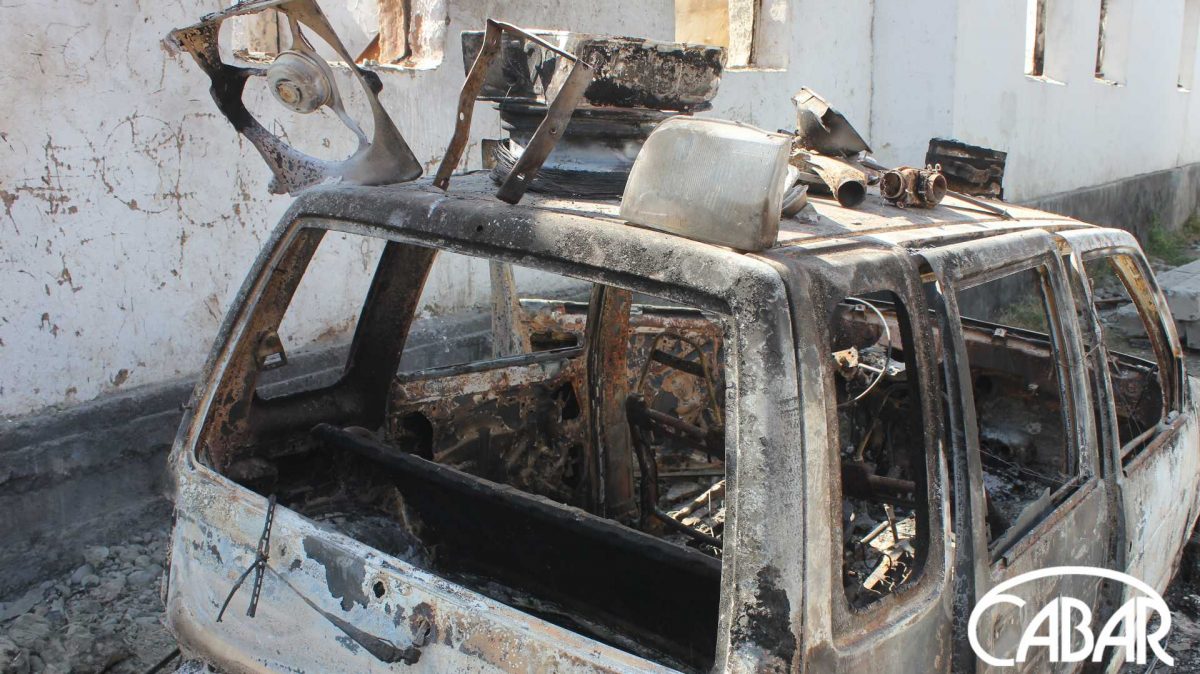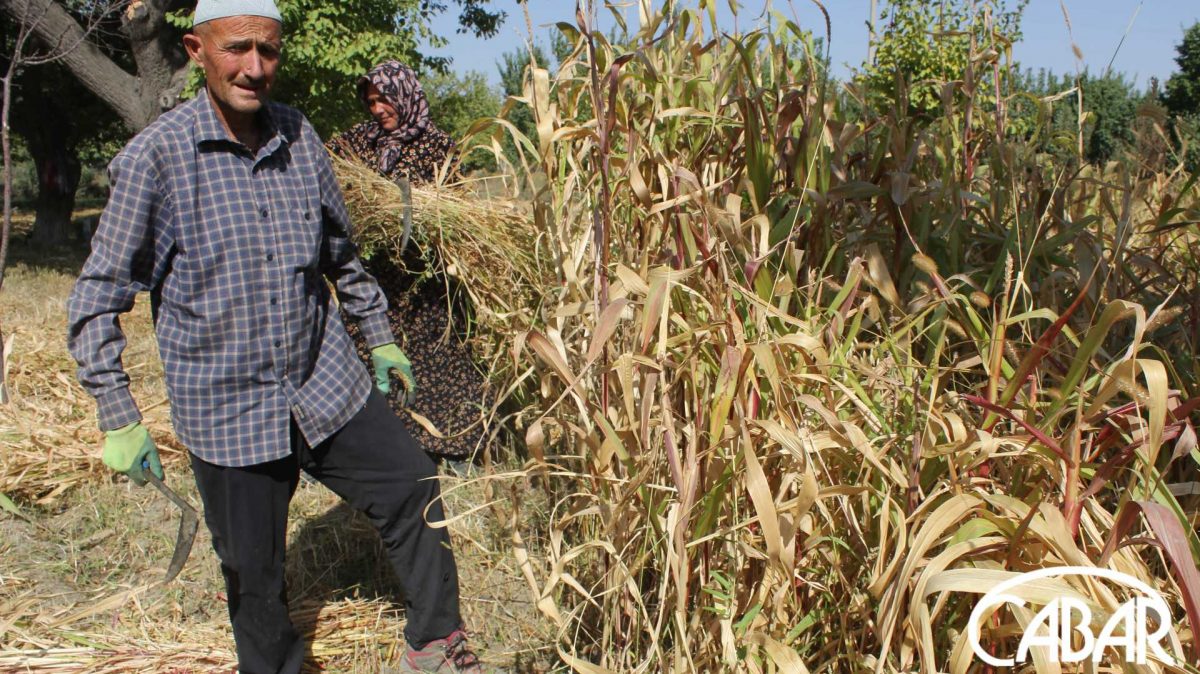Residents of border villages of Kyrgyzstan and Tajikistan live in fear after the clashes in September 2022 and dream of peace.

Zakhro Khakimova has been living in the village of Khodzhai Alo of Isfara district, Tajikistan, for all her life. The village is virtually adjacent to the border of Kyrgyzstan. During the last border conflict that started on September 14 she lost her 51-year-old spouse Bakhrom Khakimov. He was a teacher of physics and mathematics at a local school, and in his free time, he taught wrestling to children in a rural gym.

According to Zakhro, her husband was killed at the moment when he was trying to save his pupils.
“When the shooting started in the village, Bakhrom took children to a safe place, and went toward the Kyrgyz frontier guards trying to tell them not to open fire on children. But someone from the neighbouring country took a shot and killed Bakhrom,” she said.
She works as a nurse. Both locals and residents of neighbouring Kyrgyz villages came to her for injections and intravenous infusions. Sometimes, in case of serious diseases, she visited her patients at home. According to her, she had never any conflicts with her neighbours.
“We were good neighbours; there were no quarrels or conflicts between ordinary people. When my Kyrgyz acquaintances learned that my husband died in the conflict, they extended their condolences to me. They messaged me and expressed their compassion over the phone,” Khakimova said.
According to her, despite the end of the conflict, the villagers still live in fear. She hopes that one day the situation in jamoat Chorkukh will stabilise and peace will come.

Her husband’s mother Ochakhon Khakimova mourns for her son and says she wishes peace with eyes full of tears.
“Both Tajik and Kyrgyz mothers are tired of war. No mother wants war, no mother wants to outlive their child. Oh, my son,” she said crying.
In the border conflict between Tajikistan and Kyrgyzstan in September 14 to 17, 2022, both sides lost over 100 people both military population and ordinary citizens. During fierce armed confrontations, a lot of schools, mosques were destroyed in addition to the houses of civilians; administrative buildings were also attacked by fire. The parties still debate over who started the fire and blame each other of inciting the conflict.

According to border residents, the conflict started on September 14 between the Tajik and Kyrgyz border guards and subsided and flared up intermittently for three days.
The sounds of automatic gunfire, bursts of heavy guns, and bomb explosions increased and made people worry even more. Over 136 thousand Kyrgyzstanis had to leave their homes. Some of them returned, but people on both sides are still in fear and take precautions when moving.
Episodic clashes take place in the disputed areas of the border of Kyrgyzstan and Tajikistan. Only 600 kilometres out of 972 kilometres of common border were agreed by the countries. But the recent armed confrontation was the worst since April 2021, when over 50 citizens of both states died during the armed hostilities.
“We don’t need money or humanitarian aid; we want to live in peace. When will we stop escaping, suffering? It’s high time for the authorities to tackle the border issues. Now we are at home, but we don’t stay here overnight as we are afraid. We spend the night at our neighbours’ place in case it starts again. We don’t need the war, we have suffered enough,” said Ainura Zhaparova, resident of the village of Zhashtyk, Leilek district of Kyrgyzstan.
This is what was left from the house of Abdirashit Kudaiberdiev, resident of the Kyrgyz village of Ak-Sai in Batken district. It is on the border with the Tajik jamoat of Chorkukh and it had violent clashes of the military of Tajikistan and Kyrgyzstan in the days of conflict.
“Everything is burned, my neighbours’ houses are also destroyed. It’s a sorry sight. Look at the remains of the house, the walls are still smoking. I have six children – four daughters and two sons – and two of my grandchildren left for Bishkek. I won’t take them here until I build the new house,” Kudaiberdiev said.
The press service of the President of Tajikistan said that during the recent conflict 85 houses were totally destroyed and over 180 families suffered in Isfara and Bobojon-Gafur districts. According to the khumatat of the region, 16 houses in Bobojon-Gafur district were razed to the ground, and 90 houses were partially damaged. 69 houses in Isfara were destroyed.

The Ministry of Emergency reported 640 destroyed houses, 423 of which were beyond repair, and 217 needed repair on the Kyrgyz side.
The governments of Kyrgyzstan and Tajikistan promised to repair the damaged houses of border villagers who suffered during the conflict.

Sodzhida Khalikova, resident of Lakkon village, Isfara district, Tajikistan, said that she heard sounds of the firing on her way back from the market. She was not allowed to enter the village.
“I saw that all residents of our village were fleeing to the mountains. I also sheltered myself in the mountains. I was searching for my grandchildren. And thankfully I found them. When the situation calmed down, I got back home and saw that my house was burned to the ground,” she said crying.

Sodzhida showed CABAR.asia the ashes of her house. She said with tears in her eyes that all want to live a peaceful life in these hard times.
“We have lived in this village for almost 40 years. We are neighbours to the Kyrgyz for many years. We have never had war between us. Our district was good. We shared joys and sorrows of each other. Nothing can replace peace and tranquillity. I am sure that our Kyrgyz neighbours do not want war either. Ordinary people need peace,” Khalikova said.

“It all started on Friday morning. We were out in the field, reaping the harvest, when I had a text message that the war began. Children and I rushed into the house, and suddenly explosions and shooting began. We could not start the car and we had to run to reach a safe place. The kids were crying as they were scared. When it was over, we came back and saw that it was first robbed and then burned down. The car was also burned down. Now we don’t know what to do and how to live on,” said Gulnara Isiralieva, resident of Arka village, Leilek district, Kyrgyzstan.

They have built their house with her husband for the last 20 years. All this time, her husband was a migrant and sent money to her. Gulnara’s husband still works in Russia, and she with three children lives at her relatives.
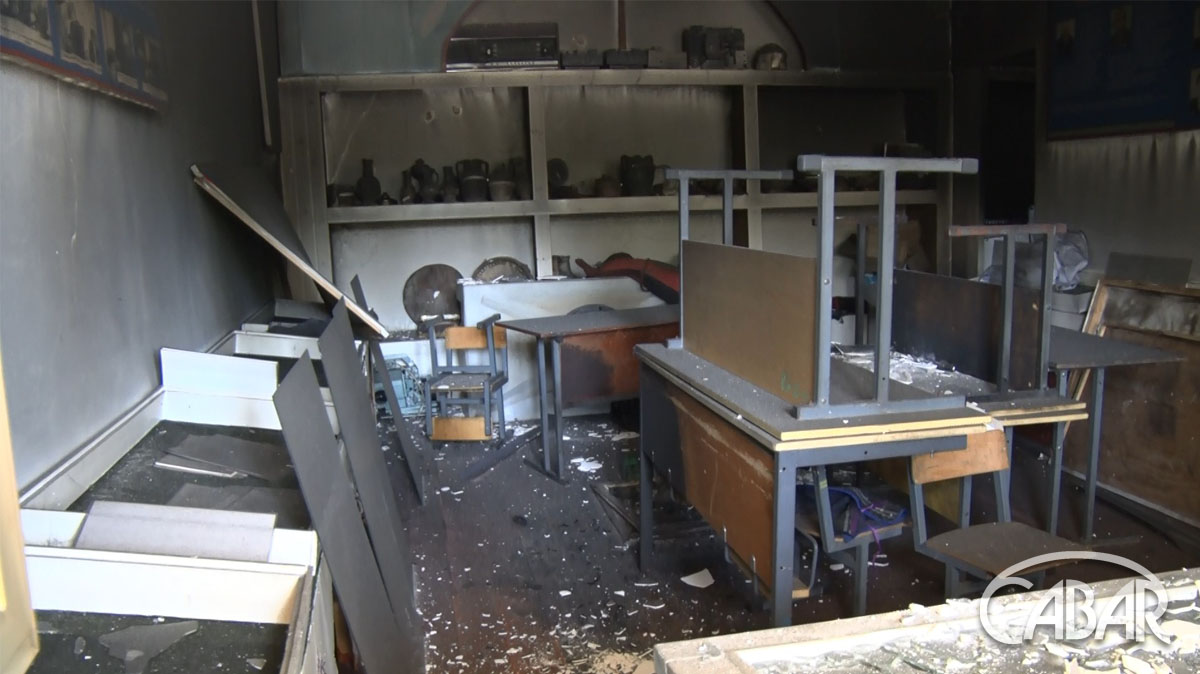
During September clashes, not only residential houses were damaged. According to the Ministry of Education of Kyrgyzstan, nine schools and one kindergarten were damaged in Batken district. In educational institutions, buildings, roofs were damaged, windows were broken. All pupils of the damaged schools were transferred to schools in neighbouring villages.

In Tajikistan, school No. 64 of Somonien village, Chorkukh jamoat, was destroyed. Deputy Principal Olyakhon Davudova said that shootings began at five a.m. when there was no one at school.
“On that terrible day, our colleague, deputy principal Kamolkhon Sobirov was injured, he is still in the hospital. Now over 350 of our pupils attend school in another village, which is very far, and it takes much time for them to get there. All residents are still scared and worry. We are all shocked now – both children and adults,” Davudova said.
The authorities of Tajikistan promised to build the new educational institution in the shortest time. Local residents hope the school will be built in peace and tranquillity.

Resident of Khodzhai Alo village, Kamildzhon Tuchiev, returned to his routine and farms, and said he was sick and tired of these clashes.
“The work of farmers will be in vain, the crop remained unharvested. I work on the land now, but my heart is in constant fear. What if I accidentally fail to see the unexploded shell and step on it? Many shells remain unexploded in these places,” he said.

He recalls with nostalgia the peaceful and interdependent lives of the two nations.
“Just above our village, there are 22 households of the Kyrgyz. We lived peacefully, took water from the same dam, drank this water. Now I wonder what happened to them. So many civilians have died, so many young soldiers, so many houses and households have been destroyed, so much damage was caused! That’s enough! We don’t need it anymore!” he said.
Just like him, other civilians of border villages of Tajikistan and Kyrgyzstan hope that the governments of both sides will finally have a deal after so many victims and destructions and resolve the border issue once and for all.


